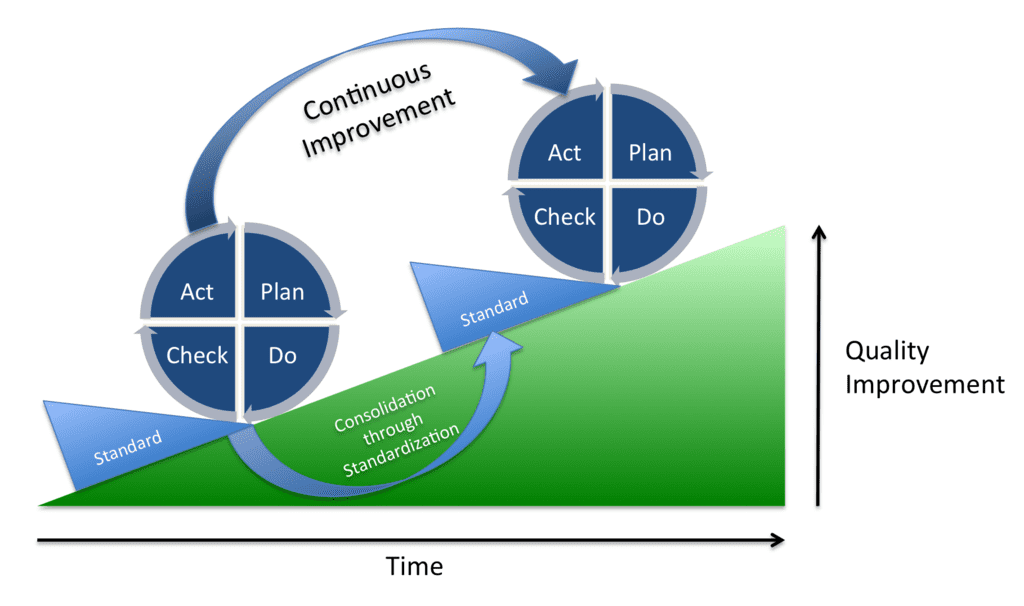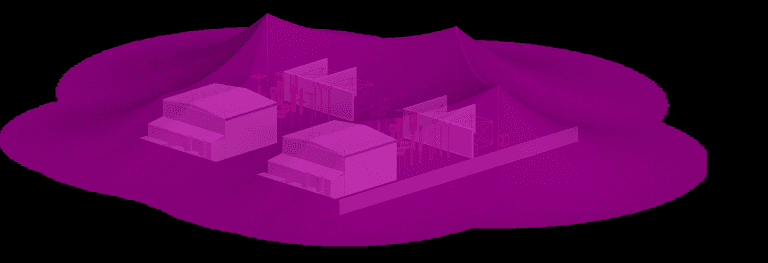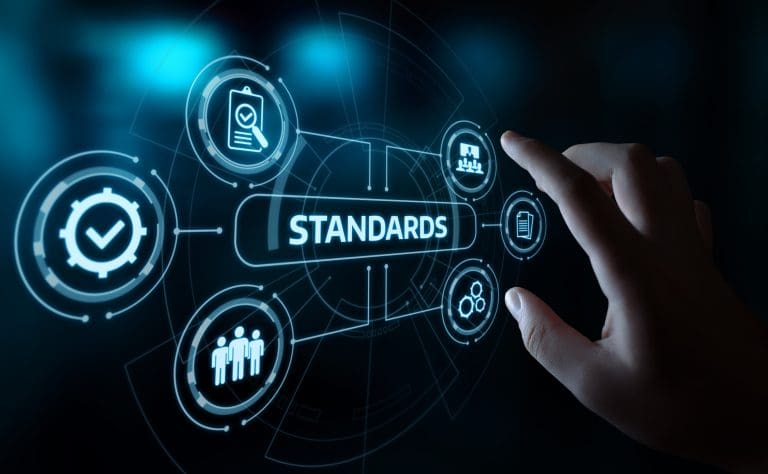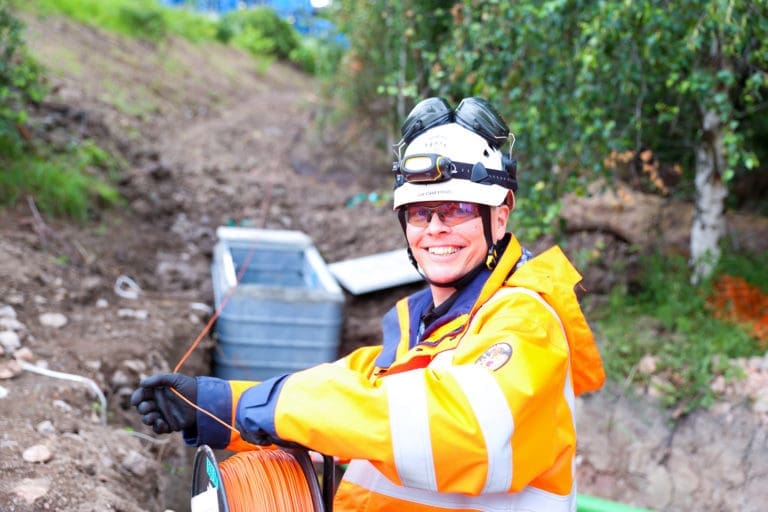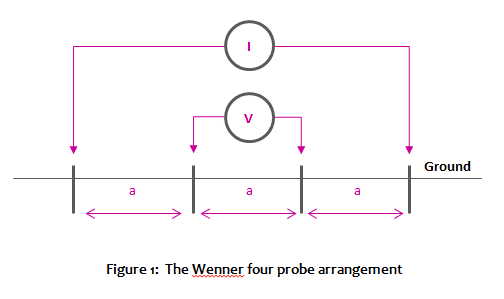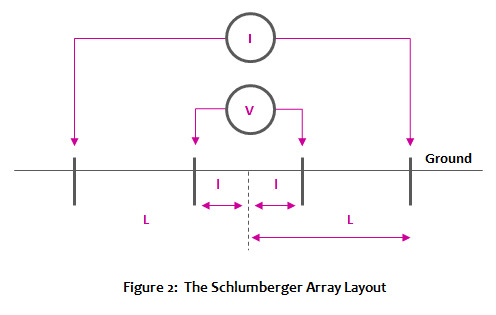The use of computing power to check, evaluate or inspect concepts in all walks of life. And in business, is increasingly common. Particularly in our field, earthing systems software for design and calculations.
Whether you are forecasting the performance of stock and shares or building an Electrical Generation plant. Engineering computer software. Aka, Earthing System software such as CDEGS allows us to stress-test designs and systems. Also,to evaluate their performance under given conditions.
so, being able to bring Supercomputing power and software into the mix. Therefore, is going to be able to answer previously unanswerable earthing, or electrical power questions.
Therefore, this piece aims to highlight a key limitation of current computer hardware. And also, how supercomputing is able to unleash the range and scope of previously impractical scenarios. And, for an investigation to resolve complex problems in our lives.
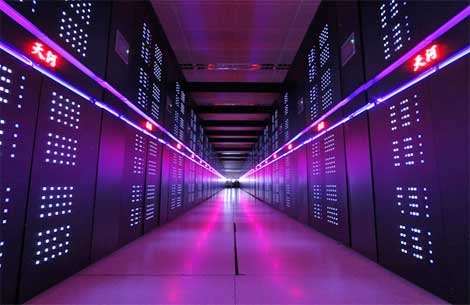
Earthing System Software – Proof-of-concept
Continuous improvement programs rely on ‘proof-of-concept’ techniques. And which can include, approved software simulation tools like CDEGS, to successfully deliver large scale energy/project schemes. Recent regulations recognise the role software plays both in achieving compliance (for safety). And also, as a proof-of-concept BEFORE taking the more expensive step of making the design a physical reality!
Figure 1 – Continuous improvement model using Dening’s circles,
where computer simulation can provide proof-of-concept (plan phase).
However, most earthing system software continues to use a version of circuit theory-based calculations to work out earth fault return current levels. Also, step and touch potentials. And similar safety-critical data. Therefore, which can lead to errors. If all the data is anything less than perfect.
Recently, more sophisticated versions of earthing system software such as hi-freq (part of the CDEGS suite) have arrived. And which, use electromagnetic field theory. Thus, directly solving Maxwell’s equations. Also, to deliver far more accurate and complex simulations for safe earthing designs.
So what?
What electromagnetic field theory software does for the engineer is unchain the range and scope of scenarios that can be modelled. Therefore, it expands the possibilities of what can be studied from specific single tasks like earthing fault studies. Which are limited to 2-dimensional below ground calculations to the ABOVE GROUND equipment. And their influence on surrounding structures and/or environments; For example, the effects from GIS (Gas Insulated System) equipment. EMI (ElectroMagnetic Interference). Or nearby Data-centers, pipelines or process plant due to HV power sources (including lightning).
At GreyMatters we like to take things further, for example:
Lightning Transient Studies utilise electromagnetic field theory capabilities. By providing visual animated responses to a lightning attachment to infrastructure and systems. So, that asset owners can see how their control systems might react to a direct strike. Thus, answering the question, will the systems stand firm or fall-over?
Other scenarios have been modelled. Such as, off-shore drilling vessels to investigate induced voltage pick-up on long (12 km) directional drilling heads 1 km beneath the ocean’s surface. And also, what it would take to eliminate and ensure smooth, uninterrupted operation. So, with downtime reaching £100,000’s per hour, just 30 minutes lost production would pay for the EMI study twice over.
What’s the downside?
The introduction of electromagnetic field theory software has no doubt had a massive impact on possible scenarios to be studied. But, not without cost. The increased levels of intuitiveness and complexity of the software place exponential demands on the hardware running the simulations/computations. This can lead some seriously heavy-lifting computations. And, which cause ‘off-the-shelf’ hardware to creak. Or force the engineer to simplify the study.
For example, a typical Transient Stud., Looking at how a system will respond to a lightning strike. Needs to be able to compute hundreds of frequencies across millions of components. Using currently available hardware, these kinds of studies can take days, weeks, even months to compute a single scenario.
This is where supercomputers can make a difference … Cue bringing the future into our present!
Time-travel with SuperComputers
Recent technology collaboration by GreyMatters is removing the shackles of current processing power – unleashing multiple 20 core computers networked together in a multi-nodal configuration is giving CDEGS and its electromagnetic modules unrivalled possibilities …
Imagine the scene – wouldn’t it be great to take a current simulation from say, a small 2 km section of the generic rail network and be able to study an entire 200 km section, with all the trackside equipment present in the actual locations where it will be installed? Taking a generic truncated representation and scaling it up to be a true representation of reality.
This scope of study may have taken years using current hardware, but by fast-forwarding in time, GreyMatters is challenging the status quo by bringing this reality into the reach of all of us, today.
Now it’s your turn!
With supercomputing in the mix and all this can bring, we want YOUR ideas on what could be modelled, simulated and studied. It’s time to put your creative hats on and ask yourself the questions (without constraint).
- What would happen to my critical asset, if ‘X’ were to happen? (X could be a lightning strike, fault, induced charge, inference – anything electrical)
- What is causing me concern about my critical asset(s), that we don’t understand yet? But a Study into the scenario would really help me make sense of the problem?
- Would a proof-of-concept help me understand how my design will perform when constructed?
Supercomputers and earthing Systems Software are unlocking the door to massive possibilities. The only limitation now is our own imagination to think of where to apply them in order to add value!
This is your chance to get involved and make a difference, let us know some of your ideas where simulation software like CDEGS could be used to study previously unthought-of scenarios or applications.
We’re not aware of anyone else using Supercomputer technology in this way, so let your imagination go wild!!!
Have an earthing system project you need our help with?
Then please feel free to contact us or if you could use our ‘live chat’ facility below, where one of our research engineers will be happy to help.
© GreyMatters
Sources:
Figure 1 – “PDCA Process” by Johannes Vietze – Own work. Licensed under CC BY-SA 3.0 via Wikimedia Commons – Wiki
Featured Image: TIANHE 2 (Milky Way 2) , Guangzhou Supercomputing Center (China) from Data Center Knowledge
Engage with us…
- Earthing Design Services & Lightning Protection Design – If high voltage power systems and lightning are causing you concern why not see how we can help with a quick ‘live chat’ below as a start.
- XGSLab – A complete software tool for the simulation of Power, Earthing, Grounding and Lightning Systems, get in touch to request a free demo.
- Get Certified – Start your journey to become certified in Power Systems Earthing & Design.

